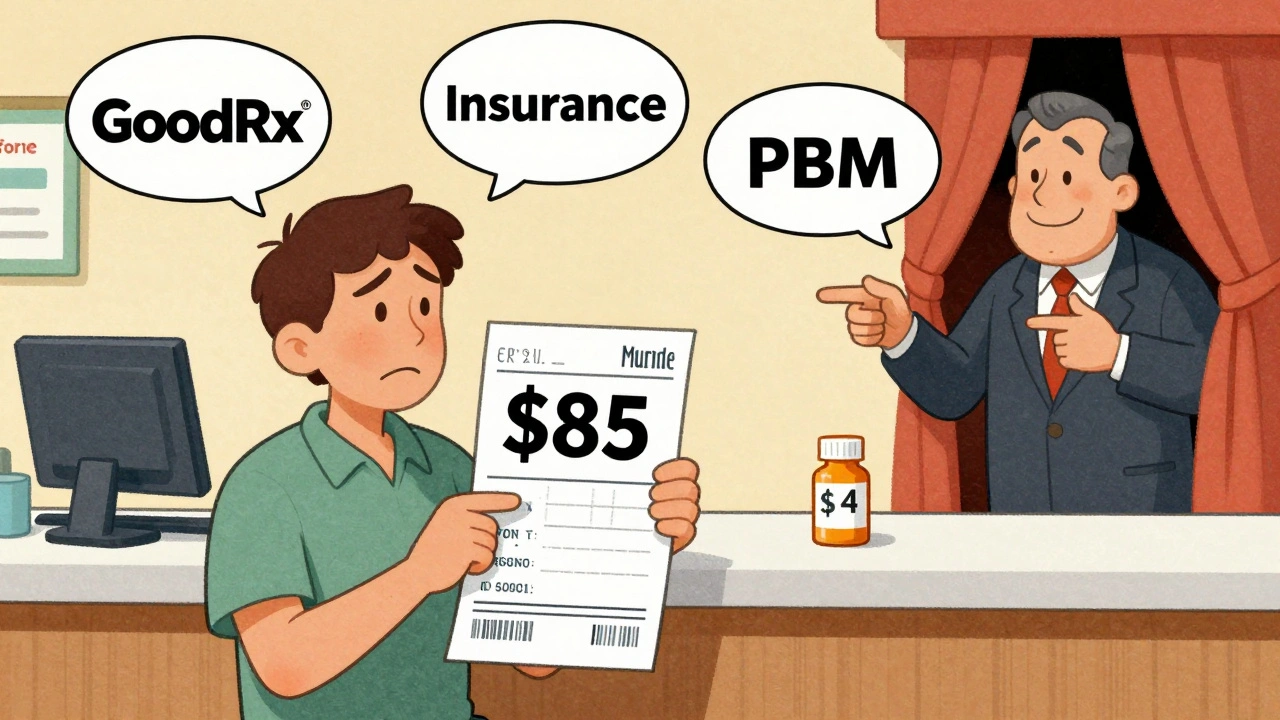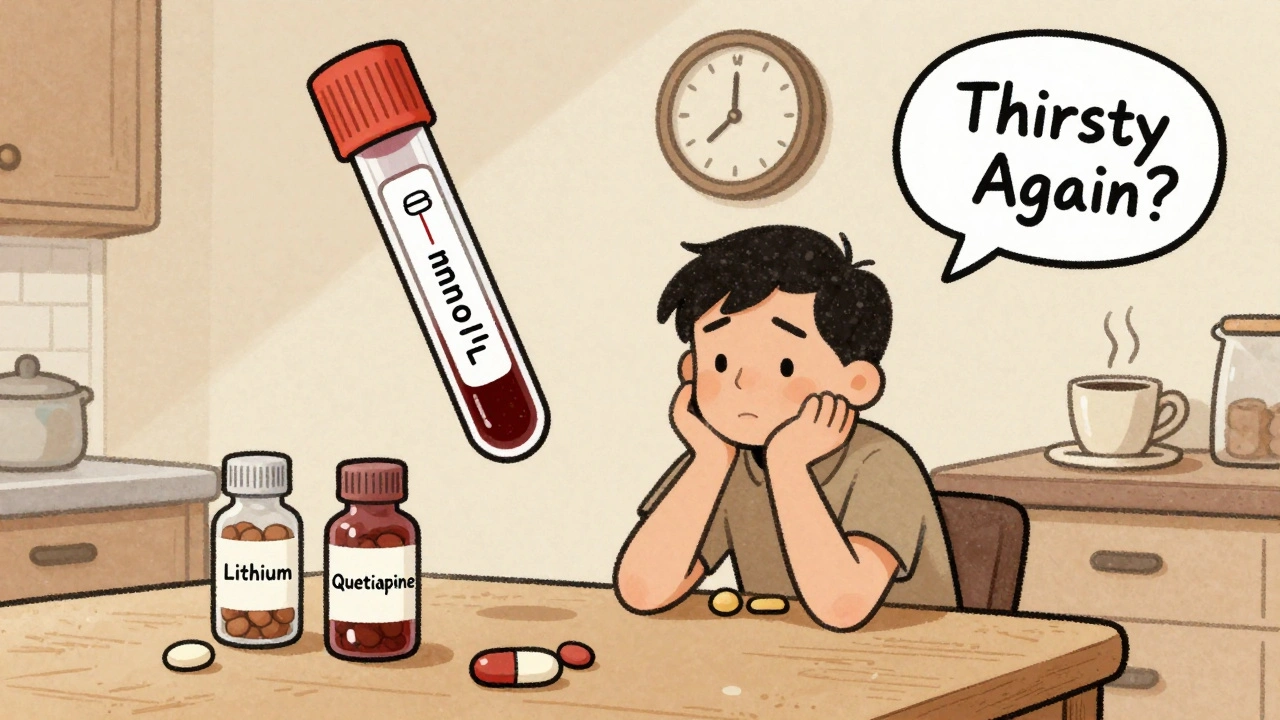Myopia Correction: Effective Methods, Alternatives, and What Actually Works
When you can’t see the board clearly or struggle to read street signs without squinting, you’re dealing with myopia correction, the process of improving nearsighted vision so distant objects appear clear. Also known as nearsightedness, it’s one of the most common vision problems worldwide, affecting nearly 30% of adults in the U.S. and growing fast in younger populations. It’s not just an inconvenience—it can impact safety, learning, and daily life. The good news? There are multiple, science-backed ways to correct it, and not all of them involve wearing glasses forever.
One of the most popular options is LASIK, a laser eye surgery that reshapes the cornea to improve how light focuses on the retina. It’s quick, often painless, and many people see better within a day. But it’s not for everyone—thickness of the cornea, age, and eye health matter. Then there’s orthokeratology, wearing rigid contact lenses overnight to temporarily reshape the cornea, giving you clear vision during the day without lenses or surgery. It’s especially popular with kids and teens to slow myopia progression. And let’s not forget corrective lenses, standard glasses or daily contacts that simply bend light correctly onto the eye. They’re the baseline solution, but newer designs like multifocal contacts are now being used to help control worsening myopia in children.
What you won’t find in the science? Eye exercises that promise to cure myopia, or supplements that magically restore vision. While nutrition supports overall eye health, it doesn’t reverse the shape change in the eyeball that causes nearsightedness. The real progress comes from proven interventions—laser, lenses, or overnight molds—that actually alter how light enters the eye. And if you’re thinking about surgery, you’ll want to know about alternatives like PRK or ICLs, which we cover in the posts below.
Below, you’ll find real, practical comparisons: how LASIK stacks up against contacts, what ortho-k really does overnight, why some kids’ myopia keeps getting worse—and how to stop it. No fluff. Just clear, actionable info on what works, what doesn’t, and what to ask your eye doctor next time you walk in.
Refractive Errors Explained: How Myopia, Hyperopia, and Astigmatism Are Corrected Today
Myopia, hyperopia, and astigmatism are common refractive errors that blur vision. Learn how glasses, contacts, and modern laser surgery correct them-and what new treatments are slowing myopia progression in children.






